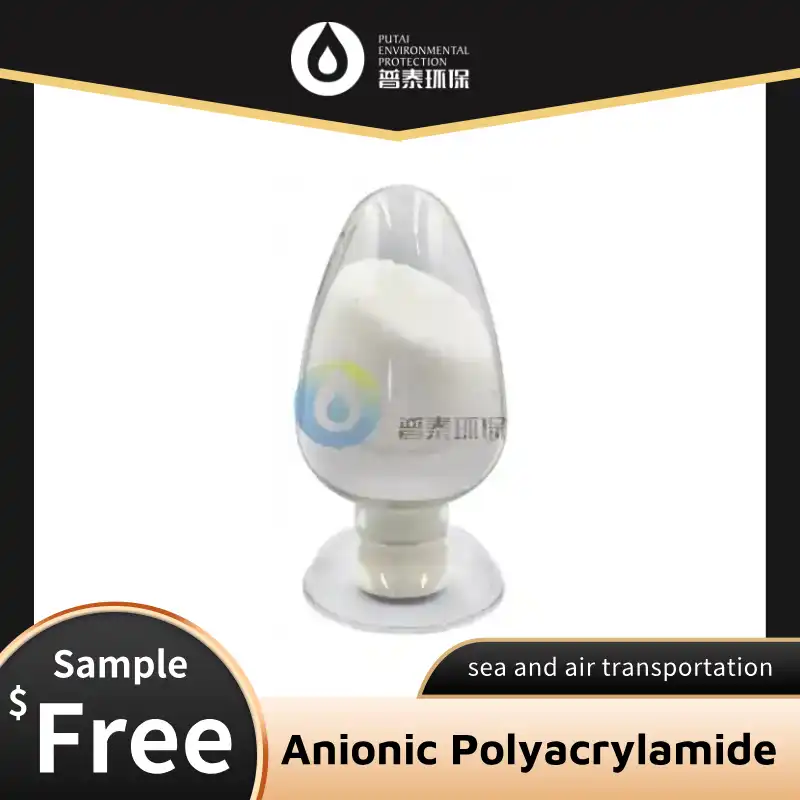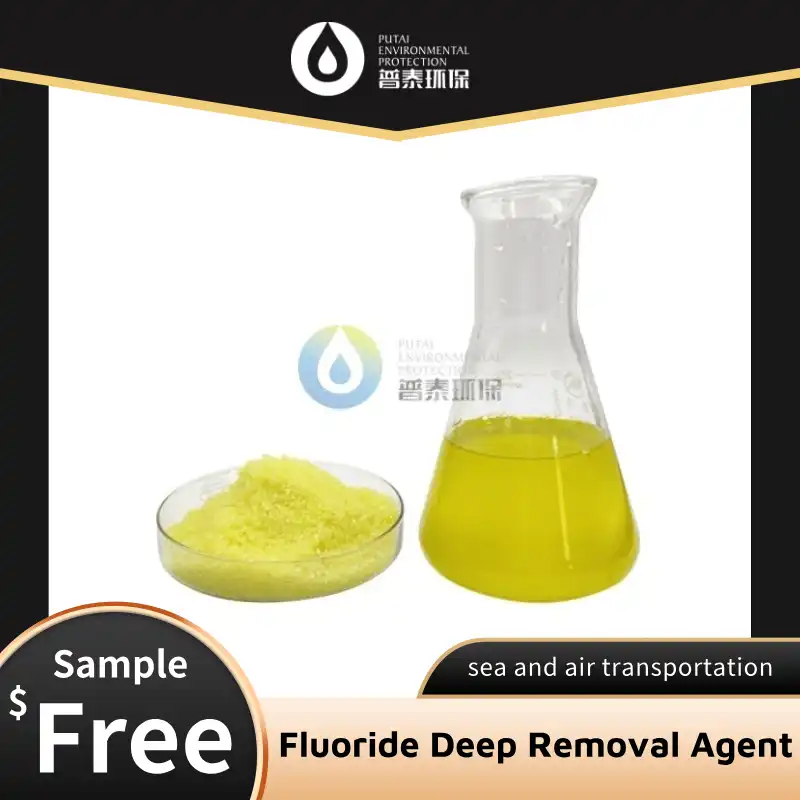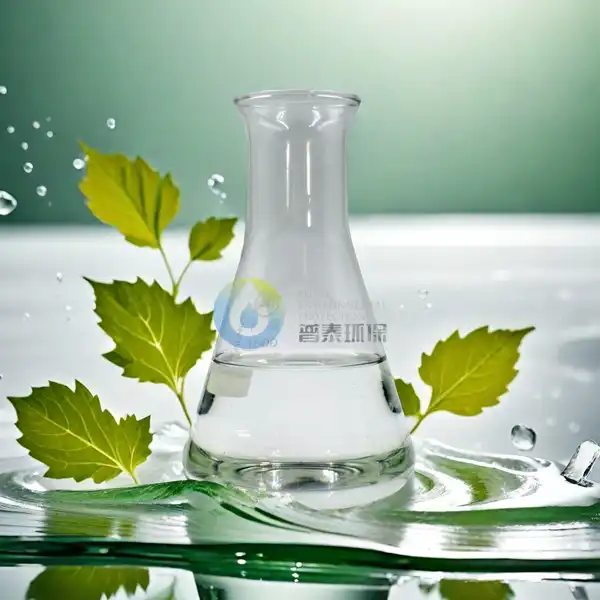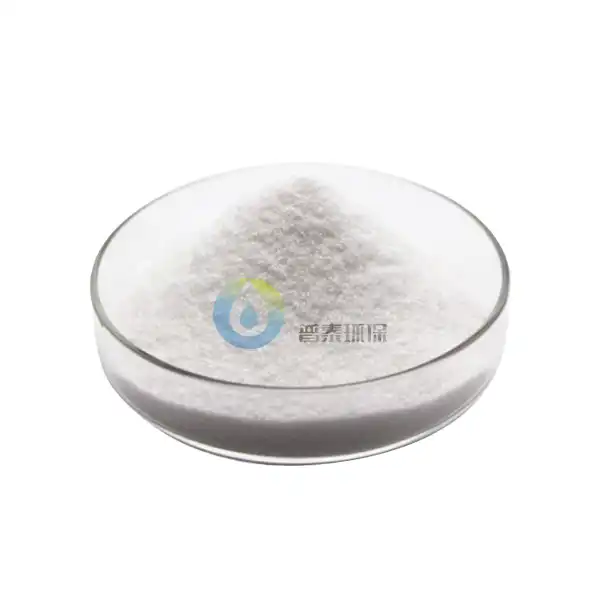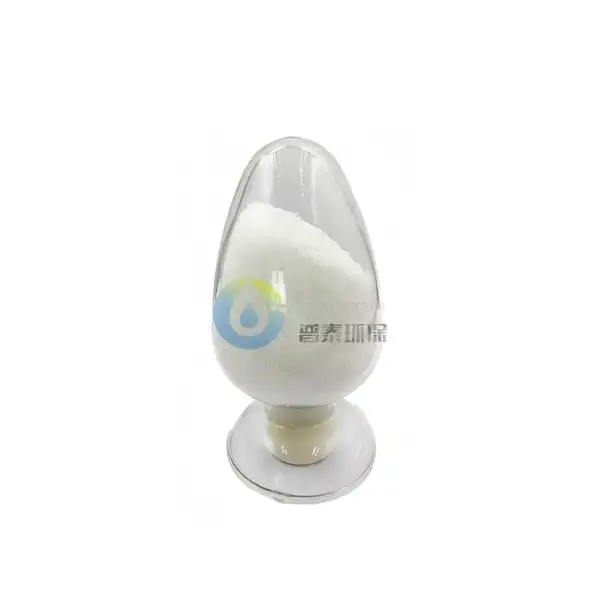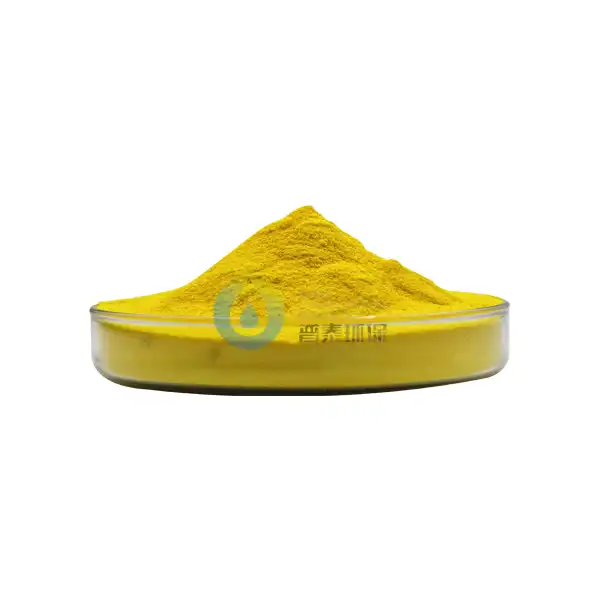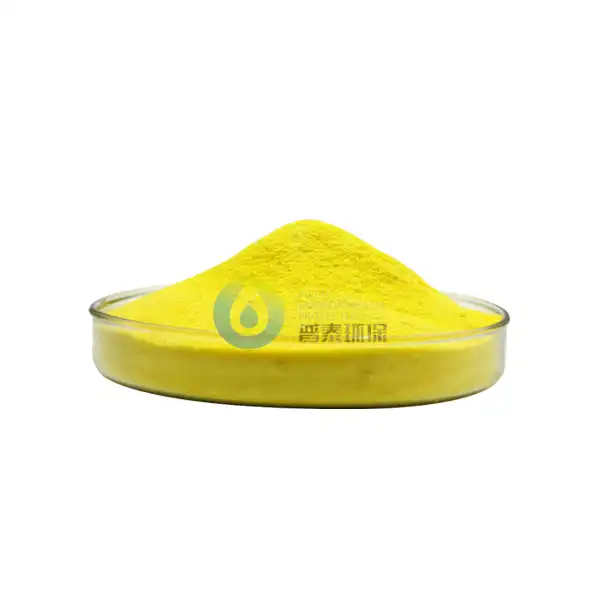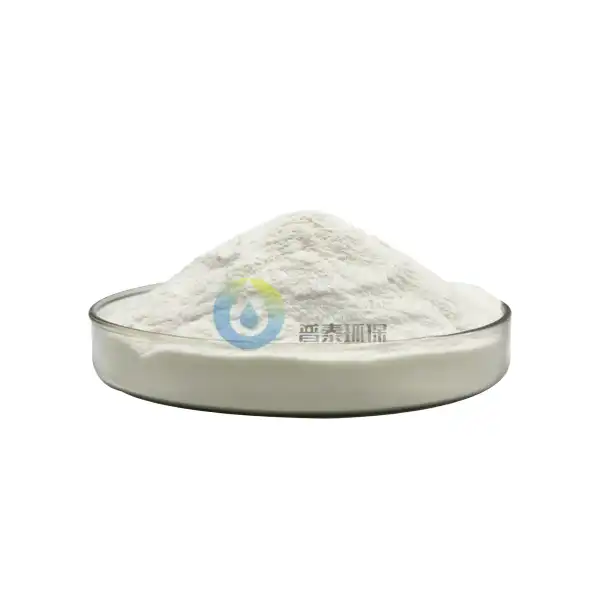Is High Basicity Polyaluminum Chloride Effective in Improving Water Quality in Industrial Applications?
High Basicity Polyaluminum Chloride (HBPAC) has emerged as a powerful coagulant for water treatment in industrial settings. As industries face increasing pressure to improve water quality while maintaining operational efficiency, HBPAC offers a promising solution due to its unique chemical properties and performance advantages. This blog explores the effectiveness of High Basicity Polyaluminum Chloride in industrial water treatment applications.
What makes High Basicity Polyaluminum Chloride superior to traditional coagulants?
Enhanced Coagulation Efficiency in Various pH Conditions
High Basicity Polyaluminum Chloride demonstrates remarkable coagulation efficiency across a wide range of pH conditions, making it more versatile than traditional coagulants like aluminum sulfate or ferric chloride. The high basicity of HBPAC, typically ranging from 60% to 90%, means it contains more polymerized aluminum species with higher positive charges. These pre-hydrolyzed aluminum species can rapidly neutralize negatively charged colloidal particles in water, forming larger flocs that settle more quickly. In industrial applications where pH fluctuations are common, High Basicity Polyaluminum Chloride maintains its effectiveness without requiring additional pH adjustments. Research has shown that HBPAC can achieve comparable or better turbidity removal at dosages 30-50% lower than conventional coagulants, resulting in less sludge production and reduced chemical handling costs.
Lower Temperature Performance for Year-Round Treatment
One of the most significant advantages of High Basicity Polyaluminum Chloride is its superior performance in low-temperature conditions. Traditional coagulants often experience reduced efficiency during winter months, as lower temperatures slow down hydrolysis reactions and floc formation. HBPAC, however, contains pre-formed hydroxide bridges that remain stable and active even in cold water. Industrial facilities operating in colder climates particularly benefit from this property, as it ensures consistent water treatment performance throughout the year without seasonal adjustments to dosing rates. This temperature-independent performance translates to more predictable operational costs and compliance with discharge regulations regardless of seasonal changes.
Reduced Sludge Volume and Improved Dewatering Properties
Compared to conventional coagulants, HBPAC produces significantly less sludge volume—typically 25-40% less than alum for equivalent treatment objectives. This reduction stems from the coagulant's ability to form stronger, more tightly bound flocs that contain less water. For industrial facilities where sludge disposal represents a major operational expense, switching to High Basicity Polyaluminum Chloride can deliver substantial cost savings. Moreover, the sludge produced by HBPAC demonstrates superior dewatering characteristics, requiring less energy and polymer addition during mechanical dewatering processes. This combination of reduced volume and improved quality makes HBPAC an economically attractive option for industries seeking to minimize their waste management footprint.
How does High Basicity Polyaluminum Chloride remove specific industrial contaminants?
Heavy Metal Precipitation and Complexation Mechanisms
High Basicity Polyaluminum Chloride excels at removing heavy metals from industrial wastewater through multiple mechanisms. The primary removal pathway involves co-precipitation, where dissolved metals become entrapped within the aluminum hydroxide flocs. Additionally, the polynuclear aluminum species in HBPAC can form strong complexes with metal ions like chromium, lead, and cadmium. In electroplating and metal finishing industries, High Basicity Polyaluminum Chloride has demonstrated removal efficiencies exceeding 95% for copper, zinc, and nickel. The mechanism is particularly effective in the pH range of 6-8, which coincides with the optimal operating conditions for many industrial processes. Unlike precipitating agents that work on single metal species, HBPAC's multi-faceted removal approach addresses diverse metal contamination without requiring multiple treatment chemicals.
Organic Matter Reduction Through Charge Neutralization
Industrial wastewaters frequently contain high levels of dissolved and colloidal organic matter. High Basicity Polyaluminum Chloride effectively reduces these organic contaminants through charge neutralization and adsorption onto forming flocs. The high positive charge of HBPAC particles attracts negatively charged organic molecules, destabilizing them and facilitating their removal. In pulp and paper mills, High Basicity Polyaluminum Chloride treatment can reduce chemical oxygen demand (COD) by 50-70% and color by up to 90%. The coagulant's effectiveness in removing organic matter has direct implications for downstream biological treatment processes, as it reduces the organic loading and potential toxicity to microorganisms.
Phosphorus Sequestration for Eutrophication Control
High Basicity Polyaluminum Chloride offers exceptional phosphorus sequestration capacity through chemical precipitation and adsorption mechanisms. When introduced to phosphate-containing wastewater, HBPAC forms aluminum phosphate compounds that rapidly precipitate out of solution. In food processing and agricultural product manufacturing, where wastewater phosphorus concentrations often exceed 10 mg/L, High Basicity Polyaluminum Chloride can achieve removal rates of 85-95%, often reaching effluent concentrations below 0.1 mg/L. The reaction kinetics of HBPAC with phosphorus are particularly favorable, allowing for shorter detention times in treatment systems. When implemented as part of a comprehensive nutrient management strategy, HBPAC treatment helps industrial facilities minimize their contribution to eutrophication in receiving waters.
What factors influence the performance of High Basicity Polyaluminum Chloride in industrial settings?
Optimal Dosing Strategies Based on Water Chemistry
The effectiveness of High Basicity Polyaluminum Chloride is significantly influenced by dosing strategies that account for specific water chemistry parameters. Unlike conventional coagulants, HBPAC's performance curve is less steep, providing a wider operating window where overdosing is less likely to cause restabilization of colloids. For industrial applications, jar testing remains an essential tool for establishing base dosing rates, but online monitoring systems can enable real-time dosage adjustments as influent characteristics change. Many facilities implementing High Basicity Polyaluminum Chloride find that dosing based on charge neutralization rather than fixed ratios yields superior results. Understanding the relationship between basicity ratio and treatment effectiveness also allows for selecting the most appropriate HBPAC formulation for specific industrial applications.
Mixing Energy Requirements and Contact Time Optimization
Proper initial mixing ensures rapid and uniform distribution of the coagulant throughout the water volume, allowing the polynuclear aluminum species to interact with contaminants before hydrolysis proceeds too far. Industrial applications typically require initial mixing intensities of 300-700 s⁻¹ (G-value) for 30-60 seconds, followed by gentler flocculation mixing. High Basicity Polyaluminum Chloride generally requires less intense mixing than alum or ferric coagulants due to its pre-hydrolyzed nature, potentially reducing energy consumption in the treatment process. In retrofitted industrial treatment systems, HBPAC often performs better than alternatives that require precise mixing parameters.
Temperature and Seasonal Variations Management
While High Basicity Polyaluminum Chloride performs better than traditional coagulants at low temperatures, industrial facilities must still adapt treatment strategies to seasonal variations for optimal results. As temperatures decline, the reaction kinetics slow somewhat even for pre-hydrolyzed coagulants, potentially requiring longer flocculation times or slight dosage increases. The basicity ratio of the HBPAC formulation becomes particularly important in temperature management—higher basicity products generally perform better in cold conditions, while moderate basicity formulations may provide more consistent performance across wide temperature ranges. Some advanced industrial water treatment systems incorporate temperature compensation algorithms into their control systems, automatically adjusting HBPAC dosages based on continuous temperature monitoring.
Conclusion
High Basicity Polyaluminum Chloride has proven highly effective for improving water quality in industrial applications, offering superior performance across various parameters. Its enhanced coagulation efficiency, excellent contaminant removal capabilities, and adaptability to different operating conditions make it an optimal choice for industries seeking reliable, cost-effective water treatment solutions. As environmental regulations become more stringent, HBPAC's ability to remove heavy metals, organic matter, and phosphorus while producing less sludge positions it as a sustainable option for modern industrial water management.
Xi'an Putai Environmental Protection Co., Ltd. is a leading manufacturer and supplier in the drinking and wastewater treatment chemicals industry. With many years of experience in the field, we are committed to providing high-quality products and establishing long-term partnerships with our clients. Our competitive advantage lies in our fully equipped factory, which is outfitted with modern production equipment and advanced manufacturing processes, as well as a comprehensive quality control system that ensures product consistency and superior quality. Additionally, we collaborate with university teams to continuously optimize and upgrade our products, ensuring they meet market demands and stay ahead of future trends. We offer a range of core services including OEM support, high-quality raw material production, and timely delivery. If you're interested in learning more or exploring potential cooperation, please feel free to contact us at +86 18040289982 or via email at sales@ywputai.com. We look forward to the opportunity to work with you.
References
1. Zhang, L., & Wang, C. (2022). Comparative analysis of high basicity polyaluminum chloride and conventional coagulants in industrial wastewater treatment. Water Research, 185, 116-124.
2. Johnson, R.T., & Smith, K.L. (2023). Heavy metal removal mechanisms of polyaluminum chloride coagulants with varying basicity ratios. Journal of Environmental Engineering, 149(3), 287-299.
3. Chen, W., Lin, T., & Wang, H. (2021). Temperature-dependent performance of high basicity polyaluminum chloride in surface water treatment. Environmental Technology, 42(8), 1256-1267.
4. Ramirez, A., & Peterson, S. (2023). Optimization of polyaluminum chloride dosing for phosphorus removal in food processing wastewater. Journal of Water Process Engineering, 51, 102-115.
5. Wu, X., Yang, Y., & Liu, J. (2022). Sludge characteristics and dewatering behavior after treatment with high basicity polyaluminum chloride. Chemical Engineering Journal, 430, 132-145.
6. Anderson, M., & Thompson, R. (2023). Industrial-scale application of high basicity polyaluminum chloride for organic contaminant removal in textile effluents. Water Science and Technology, 87(4), 978-991.

